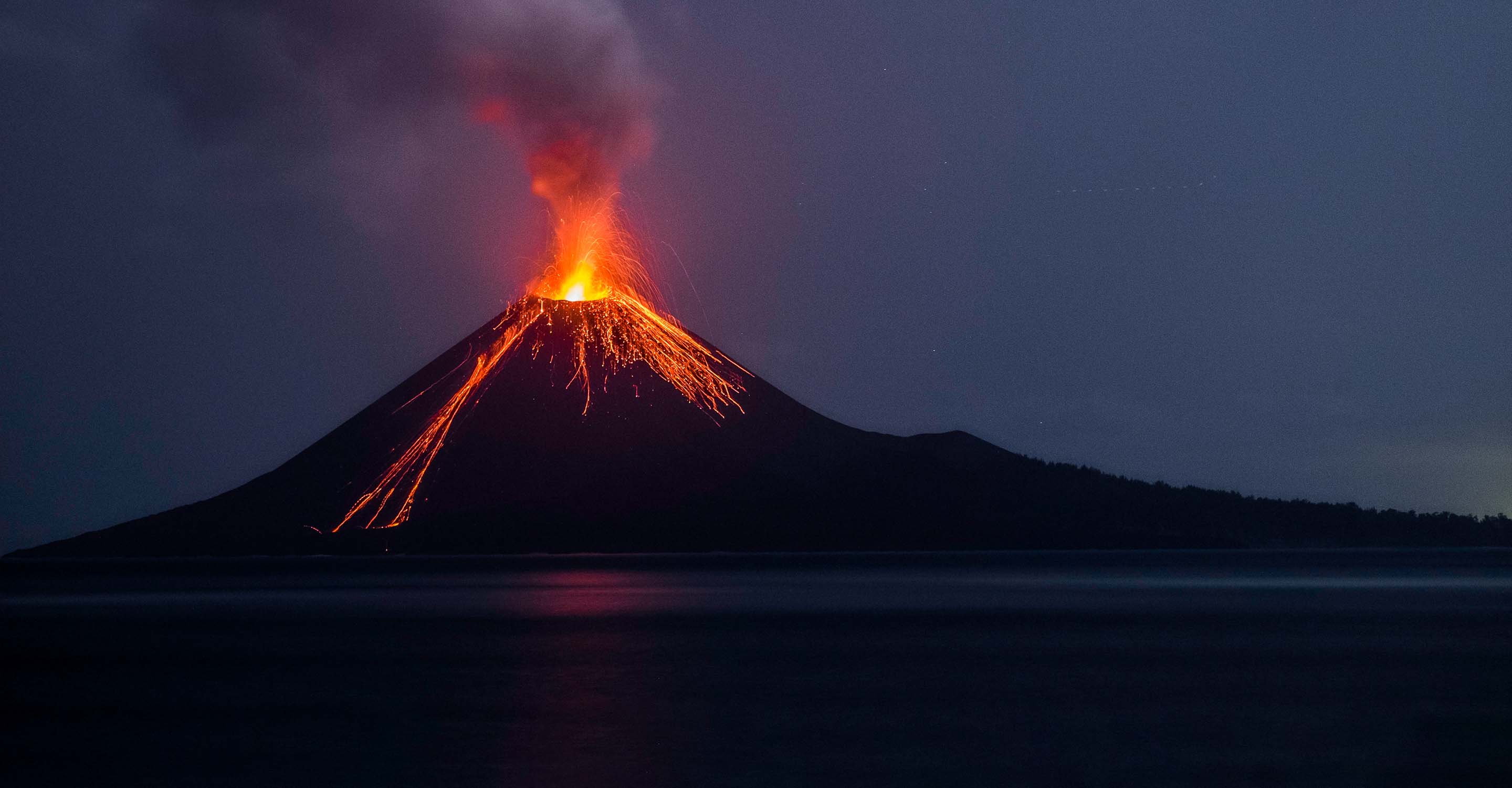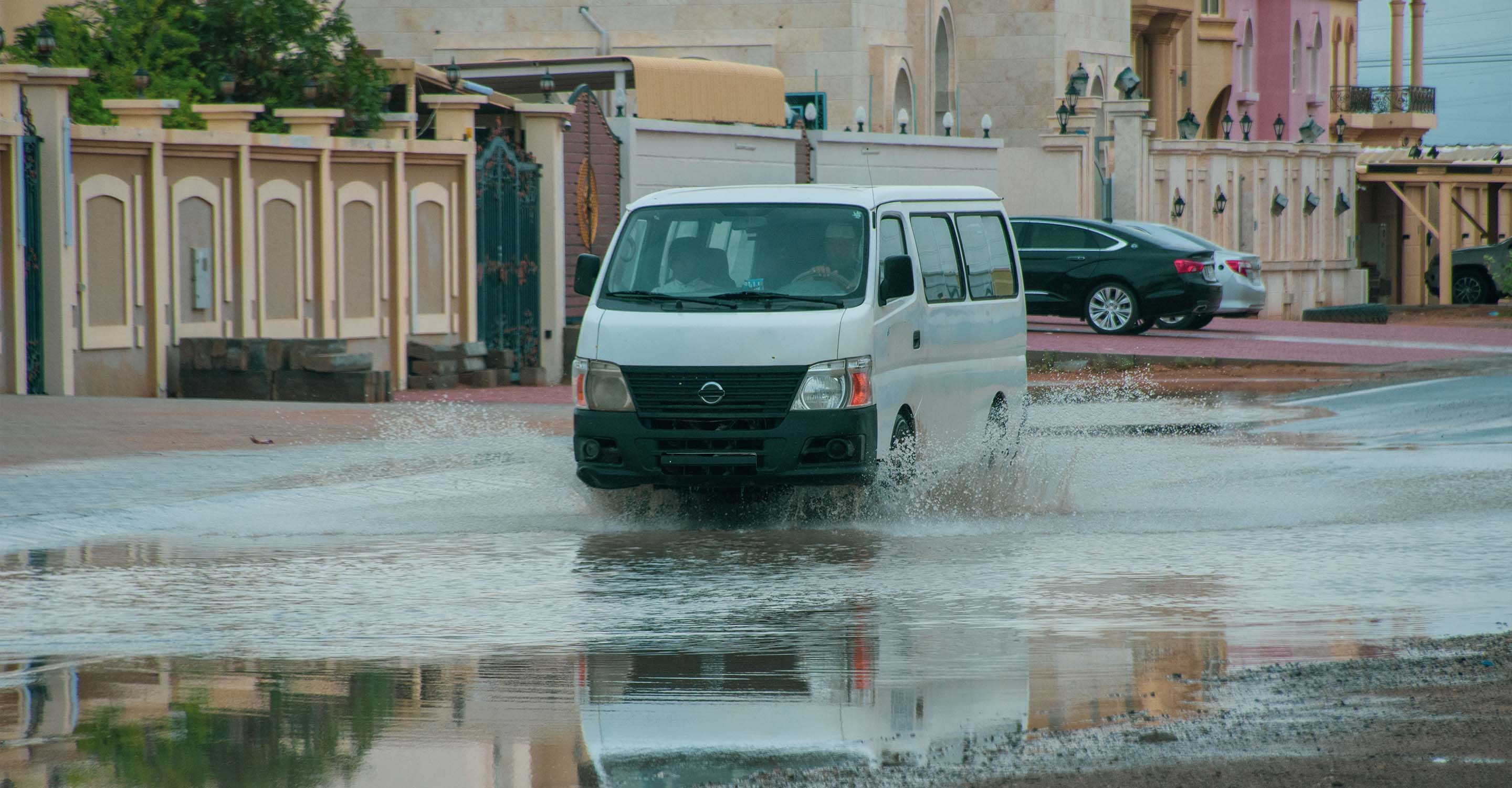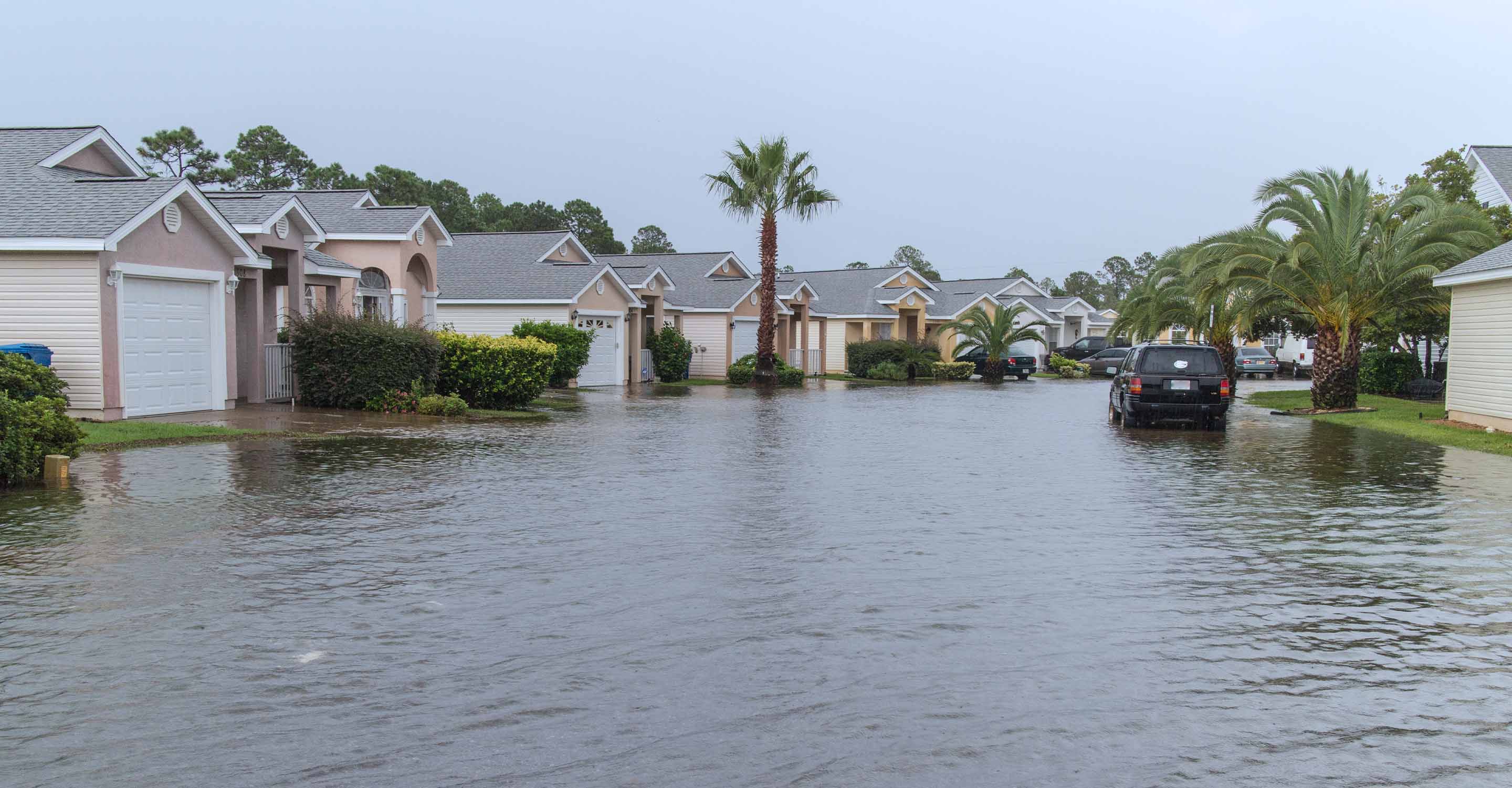Mobarakeh air quality map
Live air pollution map of Mobarakeh
4.7K people follow this city
Full screen
Contributors category
0
Government
0
Educational
0
Non-profit organization
0
Corporate
0
Individual
0
Anonymous
Station(s) operated by

*IQAir’s AQI data modeled using satellite data. Learn more
Health Recommendations
| Sensitive groups should reduce outdoor exercise | |
| Close your windows to avoid dirty outdoor air GET A MONITOR | |
| Sensitive groups should wear a mask outdoors GET A MASK | |
| Sensitive groups should run an air purifier GET AN AIR PURIFIER |
Mobarakeh does not have air sensor data
Be the first to measure and contribute air quality data to your community.
Understand air pollution and protect yourself
Mobarakeh MAP AIR QUALITY ANALYSIS AND STATISTICS
Is there much information about air quality on the air pollution map for Mobarakeh?
There is a lot of fascinating information about air quality on the air pollution map for Mobarakeh and it is all very easy to discover from the main city page. By clicking on the air pollution map, a new set of pages will open which are filled with the latest facts and figures about the current state of the air.
When the page first opens, the viewer will see a solid block of colour which is the background of the map. The colour itself is an indication of the current air quality. The explanation of the meaning of the various colours can be seen in the legend at the bottom of the page. Colours can vary between pale green and dark maroon and get darker as the air quality worsens. They are used as a standard across the whole IQAir website.
On some maps, there will be some coloured discs scattered across it which represent the locations of the ground-level air monitoring stations that provide the city with all the latest information about air quality. In the centre of each disc is a number which is the United States Air Quality Index reading or US AQI for short. It is calculated by measuring the levels of six of the most commonly found pollutants in the city air. These are usually both sizes of Particulate Matter (PM2.5 and PM10), ozone, nitrogen dioxide, sulphur dioxide and carbon monoxide.
Once the US AQI figure has been calculated it is used as a standard when comparing air quality in different towns and cities all over the world. The whole system has the complete backing of the World Health Organisation (WHO).
Looking back at the main city page, it can be seen in the coloured band across the top of it that at the time of writing in May 2023, Mobarakeh was experiencing a period of “Moderate” air quality with a US AQI reading of 99. The yellow background colouration of the banner also shows this level and the asterisk to the right of the number shows it is calculated using data from satellites and not from physical stations. The main pollutant was identified as being PM2.5 with a recorded level of 35.2*µg/m³ (microns per cubic metre). At this level, it is seven times higher than the suggested target figure of 5 µg/m³ as recommended by the WHO.
Are there any more facts and figures about air pollution on the air quality map for Mobarakeh?
There are a lot more very interesting facts and figures about air pollution on the air quality map for Mobarakeh and it is so easy to access by selecting the “full-screen” icon that is found at the top right-hand side of the opening page. This will re-open the page at maximum size so that all information will be clearly seen.
When viewed in this way, a list of four options will be seen on the left-hand side of the screen. They can all be individually deactivated to see what effects they all have on the map.
The first option would show the sites of the ground-level air monitoring stations but, as already stated, Mobarakeh gets this information from overhead satellite modelling.
The next option shows the positions of any wildfires there are that are burning out of control in the vicinity. There is currently a fire burning 14 kilometres away from the city. In this case, option four needs to be consulted because it shows the speed and direction of the prevailing winds and will give a good indication of where the smoke might blow. This wildfire is burning towards the southwest of the city and it looks as though the wind will blow the ensuing smoke in the direction of it.
Option three can be very dramatic because it can change the colour of the map to reflect the current state of the air. When the quality is poor, the map will appear quite dark and possibly distracting. If the colour is too dark, the option can be disengaged and the map will then revert to a more subdued palette.
More facts and figures can be seen on the right-hand side of the map. A table will be seen here which ranks the top seven cities according to their levels of air pollution. The remainder of the participating world cities can be seen by expanding the full-screen section which will open a new set of pages which lists them in descending order.
Is the source of the air pollution shown on the air quality map for Mobarakeh?
In general, the source of the polluted air is not identified on the air quality map for Mobarakeh but it is well-known that according to the opinion of experts, three main factors of fixed sources of fuel consumption, such as factories, workshops and residential units, and mobile sources of fuel consumption such as cars, engines and all other vehicles that use fossil fuel as a source of combustion. Depending on the weather conditions and a little wind, rain and stillness of the air in the second half of the year, especially in the autumn when it is the season of harvesting and burning rice stalks and other organic crop residues, the number of impurities increases.
PM2.5 and PM10 are often cited on the air pollution map for Mobarakeh, but what are they?
Airborne particles or particulate matter (PM) is a type of pollution and one of the most important air pollutants in many areas. PM is made up of tiny solid particles or liquid droplets the size of a fraction of the thickness of a human hair that float in the air. Because these particles are so small, you can't see them individually, but sometimes you can see a dusty cloud that is visible when millions of particles blur the emission of sunlight.
Dust can include metal or mineral dust, dust carrying chemicals, organic or vegetable dust such as flour, wood dust, cotton or pollen, and biological aerosols such as living particles, moulds and spores.
Dust pollutants in the air can be inhaled in the lungs with a particle size of 100 microns, but due to the self-cleaning mechanisms of airborne particles, the particles of concern for human health are PM10 and PM2.5. These particles accumulate in the chest area of the respiratory system, and particles with a size of less than 4 microns move deep into the lungs. They accumulate in the alveolar region of the lungs (air sacs in the lungs). These dusts and suspended particles reduce the breathing capacity of the lungs. Dust particles less than 2.5 microns are more dangerous to health because they tend to settle deep in the lung sacs and cause various heart and lung complications.








